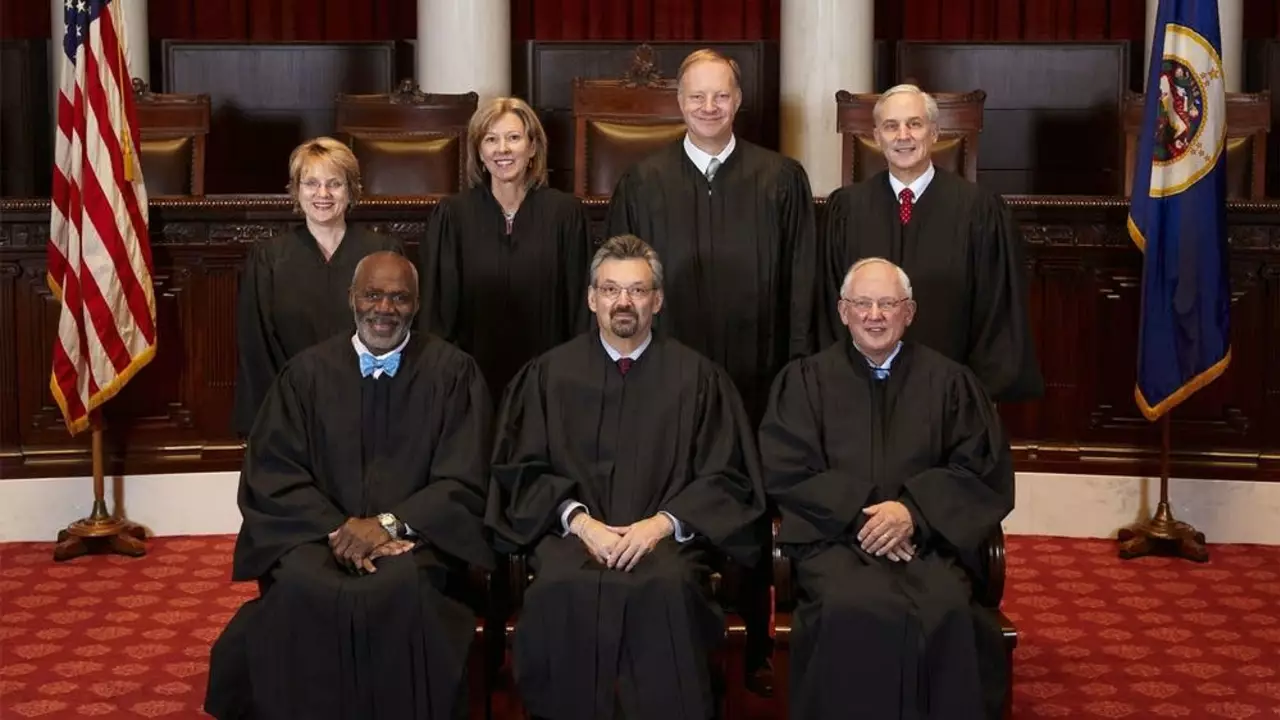Legal communication: how to read notices, court orders and file cases
Legal messages can feel scary. A notice, a summon, a bail order or a court judgment all demand action. If you know what to look for and what steps to take, you can avoid surprises. This page gives clear, practical steps you can use right away.
How to read and respond to a legal notice
First, check the basics: who sent it, who it names, the case number, the date and the deadline to reply. Legal notices usually explain the claim and demand some action — payment, removal of content, or a reply. If the notice names a law (for example, MCOCA — Maharashtra Control of Organized Crime Act) note it, but don’t panic. Save the document and any attachments. Never ignore the deadline; missing it can make things worse.
Next, decide your response. If you can resolve it quickly, send a clear reply admitting facts you accept and proposing a fix. If not, contact a lawyer and share the notice and any proof you have: messages, receipts, photos. If a lawyer files a reply for you, make sure you get a copy of that reply and proof it was sent.
Filing cases and serving documents: practical steps
Most cases start in lower courts. The Supreme Court of India usually takes appeals, writs or special leave petitions on substantial law or constitutional issues. You generally can’t begin a normal civil or criminal case directly in the Supreme Court. If you think your case is special, ask a lawyer about the correct petition type and procedure.
When serving documents, use an accepted method: personal delivery, registered post with acknowledgment, court bailiff, or electronic service where the court allows it. Keep proof: postal receipts, delivery slips, or screenshots. Courts rely on service records to decide if the other side was properly notified.
If you receive a court order or bail order, read the conditions carefully. Bail can be conditional — like surrendering your passport, following check-ins, or staying within a city. Orders include the case number, judge’s signature, and exact relief granted. Keep certified copies handy and share them with your lawyer immediately.
High-profile releases or rulings often attract media attention. Public statements can shape perception but don’t replace legal steps. For example, a bail granted in a complex case may change public focus, yet the legal process continues — appeals, conditions, and possible investigations.
Last practical tips: store all legal papers in one folder, note dates and next steps in a calendar, and use a single trusted contact (lawyer or family member) to handle notices. Clear records and timely action matter more than drama. If you need help understanding an order or deciding how to file, get professional advice early — that saves time and stress.
How to send some suggestions to the Supreme Court of India?
In my recent blog post, I discussed the process of forwarding suggestions to the Supreme Court of India. It's important to note that while everyone has a right to voice their ideas, there's a standard protocol to follow. This includes drafting a professional letter detailing your suggestions and sending it via registered post to the Registrar of the Supreme Court of India. However, it's crucial to remember that these suggestions should be respectful, well-reasoned, and within the bounds of the law.
learn more